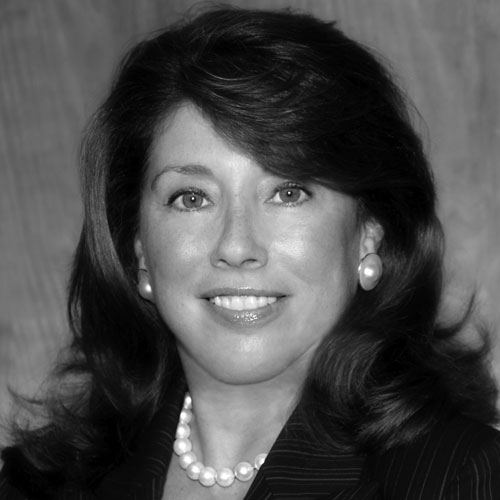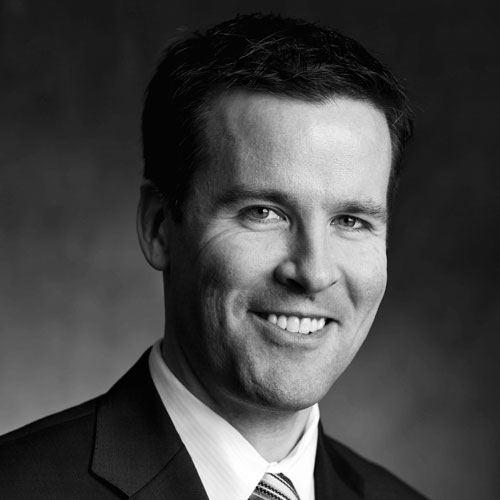Brian Mayhew has always had a passion for finance. Growing up watching his father work in entertainment financing, he developed a rosy picture of what life as a banker looked like. “There’s nothing cooler than growing up with one of Disney’s bankers,” he says. “I got to go to movie openings and stuff, and I just thought that was a life in finance.”
Even long after the childhood visions of Mickey Mouse faded, the lure managed to stick. Mayhew happily entrenched himself in a long career in the industry, mostly thanks to the fact that he realized he had a knack for the most important aspect of the chief financial officer’s role—working out complicated issues. “Aside from the fact that we have fiduciary and statutory responsibilities, your primary function when you’re done with the debits, credits, audits, and reviews is problem solving,” he says. “It’s actually kind of neat. I like it.”
Beyond simple math skills, it takes patience, perseverance, and a serious attention to detail to succeed in the industry, he says, and those are all traits he brings to his current role as chief financial officer at San Francisco’s Metropolitan Transportation Commission (MTC).
“Every finance person wants to do the big project at some point in their career, and here was a chance to do the megaproject.”
Mayhew has seen the company through various ups and downs since joining in 1999, and aside from the predictable budgets, audits, financial reports, and other regular responsibilities he helps oversee, major public works projects are his forte. Most notably, he was responsible for helping finance one of the largest projects in the MTC’s history, the San Francisco–Oakland Bay Bridge east span replacement project.
It took fifteen years and $12 billion to complete the main seismic retrofit (demolition of the old span will take an additional three years and $300 million), making it a behemoth project not for the faint of heart. Mayhew jumped at the challenge. “Every finance person wants to do the big project at some point in their career, and here was a chance to do the megaproject,” he says. “Every eye was on it—the biggest public works project in California history.”
Over the course of the project, Mayhew’s role evolved from financial officer to project financing manager when he was tasked with finding a way to meet project funding needs and keep tolls at or under $5 while completing the assigned seismic retrofits as well.
At that point, up to three quarters of his time was spent planning and executing financial models. “Our lives became constant plans to update rating agencies, meet investors, and mainly to plan financing campaigns to keep a program that drew nearly $100 million per month afloat,” he says.
Then the recession hit in 2008, and nearly 80 percent of the project funding plan was lost. Mayhew helped guide the department through refinancing and restructuring old debt until a break came. “The Build America Bonds program the federal government put into place literally made it possible to finance this megaproject again,” he says. “It was a smashing success.” The organization’s debt profile bounced back below 5 percent, and by 2014 the MTC was able to take out the liquidity crisis debt rates even lower than the initial funding program.
The bridge opened in September of 2013. After all is said and done, the MTC will have retrofitted all seven existing bridges in the system and constructed three new ones, including the first suspension span since completion of the west span of the San Francisco Bay Bridge. “Driving through it for the first time, it was wonderful to see how spectacular the project was and how special it had been to be a part of it,” Mayhew says.
With that massive undertaking finally complete, Mayhew wagers his role will largely shift back to administrative work. “Running the place will now be 90 percent of my job,” he says. Adjusting from major-scale projects back to the everyday tasks might be tricky, but he casually mentions that he’ll still have enough problems to solve to hold his attention, including budget module updates, financial system upgrades, implementing a new toll system, and branching off toll bridges and developing a new managed-lane toll network.
As if those tasks weren’t enough, Mayhew lights up at the chance for another much larger opportunity that could present itself in the next few years: the chance to replace and upgrade the entire rolling stock (buses, trains, etc.) for the core of the Bay Area. The project would likely take about five years, he says, and would require developing a whole new financial mechanism to put into place. “I haven’t put too much thought into that yet because we just finished that last one,” he says. “It would be a cool challenge, though. We’ll see if we can find an answer to that one.”

